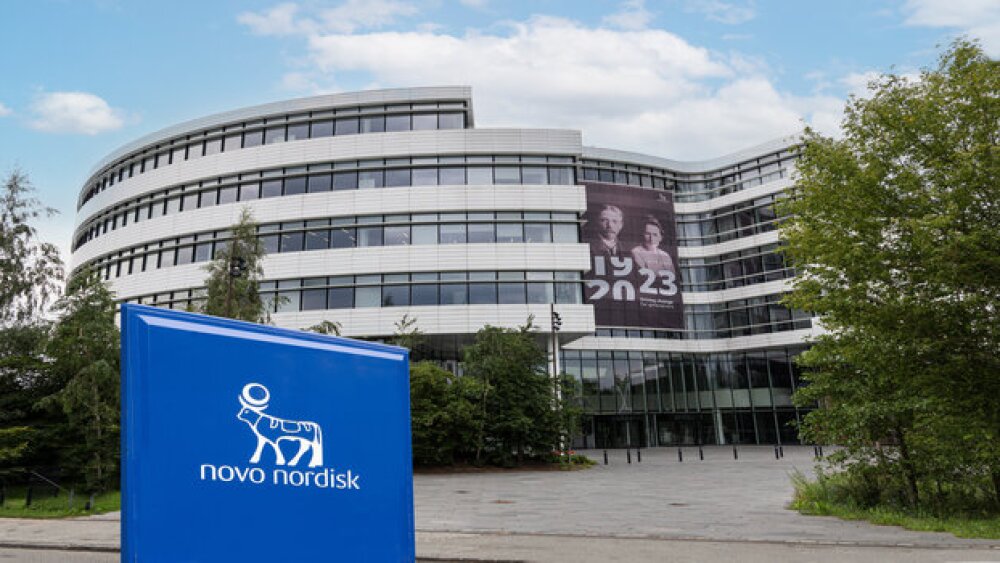Social networking is the process of forming a social cluster of nodes (individuals or associations) based on related interests (ideas, concerns, values or visions). A Bioinformatics developer should participate in scientific social networks to enhance their skills and fulfill their responsibilities in sustained development of computer mediated tools and software for researchers around the world. To achieve this goal, scientists worldwide communicate constantly and participate in social newsgroups and related media systems or tools.
Scientific Social Networks
Scientific social networks are the media gateways or hubs that host scientific data exchange and link scientists, researchers and enthusiasts globally. These are modern means of communication in the form of networking sites, media sharing sites, forum boards, newsgroups, blogs, content aggregators and wikis.
Role of Bioinformatics Developer
Bioinformatics developers are also called bioinformatics software developers or bioinformatics engineers. They are the scientists who provide computational tools (web-based software) for biological data access, management, research, experimentation and analysis. They streamline the scientific procedures via computer-generated models, simulations or presentations.
Multi-disciplinary Function
Bioinformatics developers work in multi-disciplinary environments, which means they deal with interdependent branches of science. Providing a solution an experiment may require knowledge in biology, biochemistry and information technology. Websites like myExperiment.org, a scientific social network that allows sharing of workflows, enables bioinformatics developers to build software for "in silico" (computer-aided) molecular evolution analysis by linking the workflow of comparative geneticists and the workflow of bioinformatics, which are shared by the members participating in myExperiment network. (Note that this is a simplified outline derived from the principle of structural genomics to show the multi-disciplinary function).
Open Communication
Open communication among scientists is a big factor in achieving successful projects and social networking plays a role in maintaining it. In the Feb. 2009 module of NFAIS Annual Conference, (President of Bioinformatics LLC) Bill Kelly states that "Social media will increasingly drive scientific communication," and communication is one of the keys in achieving successful scientific experiments. The Catalogue of Life (CoL) is a database of currently known species (1.75 million) worldwide formed in 2001 by two major organizations: Species 2000 (SP2000) and Integrated Taxonomic Information System (ITIS). They are two separate collaborations from different countries that maintain open communication thru social network media and bioinformatics software.
Information Gathering
Scientists deal with tons of researches to gather sufficient information to support their experiments. Using content aggregators is one way of gathering information from social networks since they provide the recent scientific publications from several parts of the world. Bioinformatics developers search for reliable and updated resources that would help them produce new computational applications; hence, it is essential to check and subscribe to content aggregators that publish information related to field of study. The Life Science Executive Exchange website is a content aggregator that enables scientists to keep track of the latest information and tools from academic, scientific and non-profit groups.
Documentation Device
Documentation and jotting down notes, important sources, websites, bookmarks, comments and related remarks applicable to current experiment or research will help in the organization and speeding up of related future experiments. Wikis and blogs are the common types of social network tools for documentation that bioinformatics developers can utilize for current researches and future collaborative improvements. These social network tools enhance accessibility, broadcasting, documentation and bookmarking of ideas.
Implementation and Sustained Development
The work of bioinformatics developers does not end with the creation of computational tools and software that will aid computer mediated biological analysis. They are also responsible for making sure that researchers or bioinformatics analysts will be able to adapt and maximize the use of the software. Along with continued support to software users, they are in charge of developing new versions or updates (if applicable) derived from the current software to resolve consumer problems encountered from it. Social networks in the form of "Forum" boards and "Newsgroups" can be used to provide support and updates to software users and monitor the feedback or developing problems that bioinformatics developers must resolve.
References
Biospace.com: Biotech and Pharmaceutical News & Jobs
Implementation and Sustained Development (The Science Advisory Forum Board)
The Life Science Executive Exchange Offers the Latest Developments on Bioinformatics
Bioinformatics LLC Provides Market Research and Current Trends
Internet Tools Links to Bioinformatics Tools, Information and Communication




